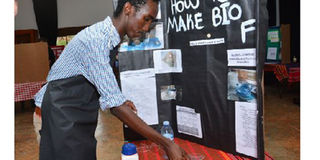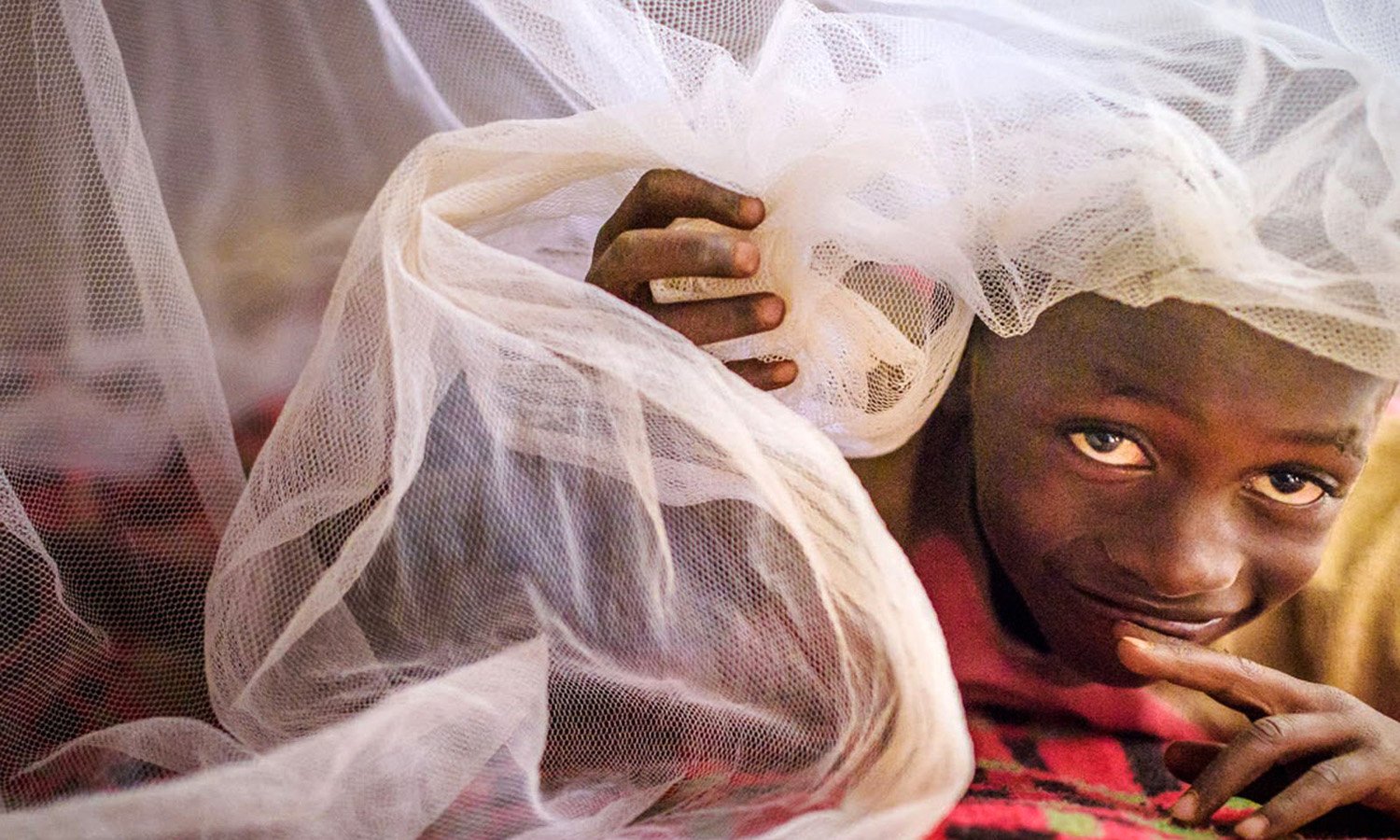How to help your child cope when they switch curriculum

A student of International School of Uganda performs an experiment last year. International curriculum is hailed or allowing creativity in learners. FILE PHOTO
Amy Mukalazi, a mother of two, enrolled her first child in an international school for pre-school but transferred her to the national curriculum when she was joining Primary One.
One of the reasons Mukalazi gave for this switch was that she could no longer afford school fees in the international school. However, the child said she felt out of place because the way teachers handled pupils in her new school was different from how it was done in her former school.
“She would beg me daily to take her back to her former school,” she shares.
For Moses Mulindwa, one of the perks that came with his new job was his children studying from an international school.
“The decision was simple as I did not want to take them to a school far from home. However, a week into the new school, my son in Primary Six asked me to take him back to his former school because he did not like the way his schoolmates bullied him when he fell short,” he recalls. He often told me that inasmuch as he tried to do his best, the fellow children picked on him because he did not know some of what they knew and so looked at him as a misfit.
Victoria Okweda, a tutor of both international and national schools pupils, says transitioning from national to the international curriculum can go either way depending on certain factors such as the age of the child and the child’s personal approach to learning.
“In international schools, I would think younger children would find it easier because their minds have not been completely molded to a certain way of learning,” she says.
She says that both curricula share some common facts such as ‘one plus one will always be two and the rain cycle will look basically the same in main components.
“However, the difference comes in the process of attaining that information, presentation, relevance and practical use of the information in the child’s life. In the international curriculum, there is no room for spoon-feeding or showing the child how to get the answer without asking them to try and figure it out through research even at a young age,” Okweda asserts.
Promoting creativity
To her, this shows the teacher and other students that each child thinks differently and gives birth to creativity in young minds.
And yet, she says, the national curriculum leaves no block of knowledge hidden from the children.
“The dangers of the latter are clear in our university graduates who can hardly create a job. Even when they get one, they have to be retrained to handle it,” Okweda states.
Self-evaluation skills
Pastor Jaxon Lulika, the founder of Spirit and Word Christian Academy, says his school severally takes in children from local curriculum schools. Seeing that diagnosis is part of the Accelerated Christian Education (ACE) curriculum which his school subscribes to, Ps Lulika says for every child they receive, an assessment is carried out to see where they fall?
“When we diagnose them (getting their performance level), they usually have challenges such as their critical thinking skills. I have a few who came to join Senior One but upon diagnosis had to start from as low as Grade Four,” he explains.
However, Ps Lulika says the beauty with the curriculum is that it is accelerated. Therefore, one does not have to do all the work again, but rather work through the gaps in a particular subject then move on to the next.
“With that, they end up doing their O-Level in three years rather than the usual four. That said, children moving from another curriculum to ACE always find it a bit difficult to adjust from being spoon-fed to digging for the treasures themselves. In ACE, we do not teach but guide a child which is good because each child has a different learning ability and has something new to bring to the table,” he explains.
As such, Ps Lulika says, evaluation is done by the child not the class or teacher and that self-evaluation is very key in one’s life.
Marianne Ndyanabo, the principal of British School of Kampala, says international curricula are all embracing because they will accommodate a child from the national curriculum even after Primary Seven or Senior Four.
No easy curriculum
“The curricula provides course outlines which give children a swift start and a fair journey through because almost all the information is available online. Once children learn to follow the outline and the teachers’ instructions, they will be good to go,” she says.
She, however, notes that there is an assumption that the international curriculum is easier. “It is just that it has systems that allow every individual to excel as long as they manage time well, research all the time and work with the teachers.”
But Okweda argues that most international students find it harder to transition to the local curriculum. “This is because the local one will demand certain rigid approaches to the answer-memory-recall rather than analysis, application, and creativity.”
She says that coming from a setting where creativity is rewarded to where memorisation of facts is hailed, is a major challenge.
On the reverse side, the child who has been performing well might decline in the international curriculum.
“The reason stems from the same; that the learner was used to recalling facts. But now recalling all the facts ends up awarded at most 25 per cent and the rest seeks understanding and application of the facts. It would take them some time to adjust and think freely,” she clarifies.
Gaps to close
While Marianne Ndyanabo, the principal of British School of Kampala believes that transitioning from international to national curriculum and vice versa is possible.
She, however, notes that transitioning to the national curriculum in Uganda is a hustle.
“It is usually a struggle getting the local national university, especially Makerere University to appreciate the international certificate at the point of entry/admission before being sent to Uganda National Examinations Board to equate the certificate. This process is usually time consuming and expensive but also an indication of where our country/education system stands.”




